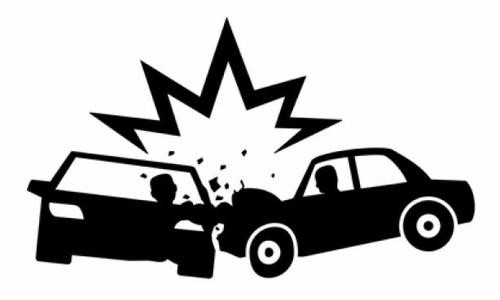The likelihood of being killed or severely injured in a traffic accident is 30-40 percent lower if you drive a new car as compared to one that is 10 years old.
This is stated in a new report from the Institute of Transport Economics, which summarizes international research literature in this area. The passive safety of cars has, on average, increased by 4.2 percent per year.

Larger and heavier cars are safer than small light cars.
There is also a tendency for people to buy ever larger and heavier cars, which are safer than smaller and lighter cars. On average, an increase in weight of 100 kg for a light car corresponds to a 7.5 percent reduction in the risk of being killed or severely injured in collision with another lightweight vehicle. However, such increases in weight also mean that the risk of being killed or severely injured for the opposite party increases by 6.6 percent.
Although people buy larger and heavier cars to protect themselves and their family, this ultimately leads to higher risks for others who drive smaller cars. If everyone were to buy cars that are safest for themselves, the overall risk of injury can increase because the “safest” cars usually also have the greatest potential to injure other road users. The total injury risk is lowest if everyone buys cars that minimize their own as well as the counterparty’s risk of injury. Such cars are often less secure in collisions with “safer” cars, but at least as safe in collisions with similar cars.
The risk of a pedestrian or cyclist being killed or seriously injured in a collision with an SUV or pickup truck is at least 50 percent higher as compared with those hit by a passenger car.
The report also shows that, on average, electric cars have somewhat lower scores in Euro NCAP crash tests as compared with other cars in their respective categories. Furthermore, there are fewer electric cars that have a total Euro NCAP rating of five stars than among petrol and diesel cars.
Electric cars are also, on average, about 10-25 percent heavier than cars with combustion engines in their respective categories. This implies that electric cars provide better protection than petrol/diesel cars for persons in the car but pose greater risk for the counterparty in collisions.
Compared to cars with internal combustion engines, electric vehicles are more often involved in collisions with pedestrians and cyclists, especially on roads with low speed limits and at intersections. The difference in crash involvement may be because electric vehicles make less noise than most other vehicles at low speed. Additionally, electric vehicles are more prevalent than other cars in areas with higher concentrations of pedestrians, cyclists, and intersections.
Report:
Road safety effects of vehicles crashworthiness, weight and compatibility. TØI report 1580/2017.
Author: Alena Høye
 Contact:
Contact:
Alena Høye
alh@toi.no
TØI, Norway






Follow us: